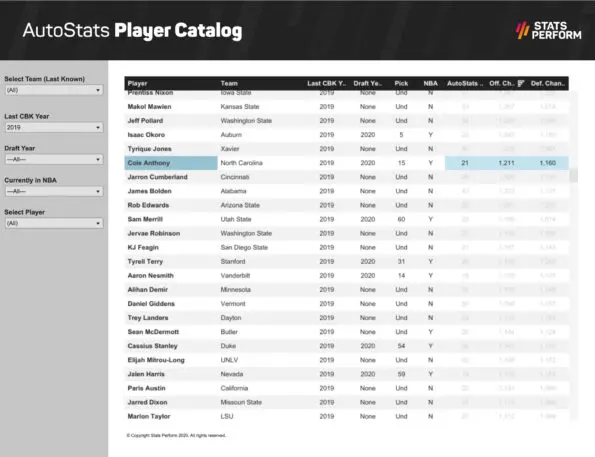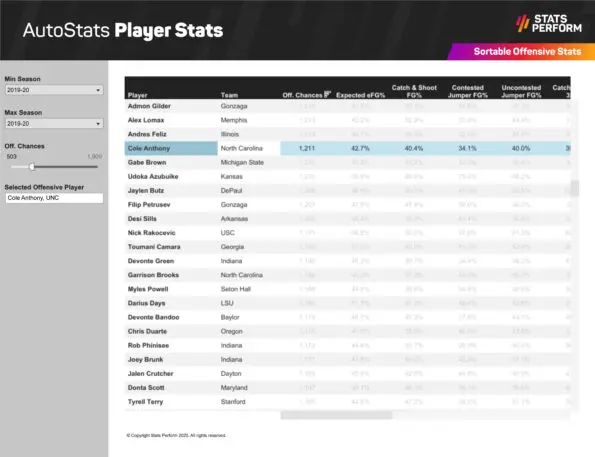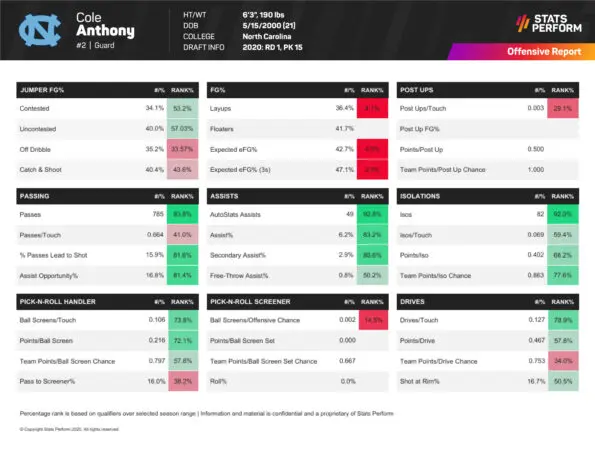Although this year’s Olympic Games were unusual, thanks to the coronavirus pandemic, certain parts of the competition looked remarkably familiar, like watching judges hand down scores in events from diving to skateboarding.
In the future, some of that judging could be handled by artificial intelligence tools, which could one day prove to be more accurate and less prone to accusations of bias than human evaluation, according to Patrick Lucey, chief scientist at the sports data firm Stats Perform. Lucey says he predicts diving may be among the first sports to benefit from automated judging, with its relatively small and controlled environment compared to the complexity of, say, a gymnastics floor routine.
“It would be transparent,” says Lucey. “There wouldn’t be any confusion around bias or whatnot.”

As machine learning has improved in recent years, it’s taken on a greater role in tracking player performance and on-field action in a variety of sports. Hawk-Eye, owned by Sony, provides the line judging technology to the U.S. Open and has seen its ball-tracking technology used and tested in sports, including soccer, rugby, and badminton. A system called TrackMan provides baseball coaches at a variety of levels with information about player pitching and hitting. And Stats Perform’s AutoStats system is recently moving from being able to extract data from college basketball games where specialized cameras are installed in the arena to simply observing existing video footage and documenting what’s going on in detail.

The systems are trained based on video footage labeled by human experts, and they can come to observe detailed aspects of play more quickly and accurately than humans, Lucey says.
“Given enough labels, what we call it in this supervised paradigm, the computer’s able to emulate what those sophisticated humans can do,” he says.

“Tracking data has become the gold standard of NBA analysis, and having access to AutoStats’ college tracking data has allowed us to bring our college scouting process up to the same depth of analysis as we have at the NBA level,” said Jeff Weltman, president of basketball operations for the Orlando Magic, in a statement. “Being able to back our scouting and prospecting with real data from AutoStats has given us a huge advantage these past two seasons and provided important insights during the recent 2020 NBA Draft.”

While these technologies are already here, fully automated judging at the level of the Olympics is still a ways away. For algorithms to completely replace human judges, the sports world will likely demand a high level of accuracy, even with known human errors and biases (think of all the Cold War-era jokes about Russian Olympic judges).
“It doesn’t have to be as good as a human,” says Lucey. “It really has to be 10 times as good.”
Recognize your brand’s excellence by applying to this year’s Brands That Matter Awards before the early-rate deadline, May 3.
